|
3rd August 2021 Tuesday is here and I'm in Woking with the Woking Gaming Club at The Sovereigns pub for gaming night. The game of the night was Above and Below. Published by the same company who also produce a game called Near and Far. Left and right, up and down, in and out: wiggle it all about, here and there, out and about, Far and Away and Home and Away! Some great suggestions for naming more games! As the name suggest, the players will concerning themselves with the above ground settlement and exploring the caves below the village. What's in a game?
The game makes good use of its cartoony artwork, particularly with the green, grassy landscapes and cloudy blue skies that appear on many of the cards. Buildings and villagers are also well illustrated. Finally, the underground cards have evocative, mildly forbidding artwork. There is little iconography used throughout Above and Below and what there is of it, is easy to comprehend. How's it play? Setup
Beginning with the starting player and going clockwise, each player performs a single action using 1 or more of their villagers, play continues clockwise until all players have used all their available villagers or have passed. After this, the next round begins.
Endgame Once seven rounds are completed, the game goes to scoring, victory points can come from a variety of places. Reputation: Whoever has the highest reputation gets 5 victory points and 2nd place gets 3. Each house and outpost: Regardless of what it is, earns a victory point. House/outpost bonuses: Some houses and outposts will confer additional bonus points, these may be straight up points or situational points, e.g., 1 point per barrel. Advancement tracker: Players earn points for each good on their advancement tracker, depending on where the good is positioned. 2 goods on the 1st space would earn 2 victory points in total, 2 goods on the 8th and final space would earn 12 victory points! The type of good makes no difference here. The advancement tracker can earn a lot of points. Points are tallied, highest score wins. Overall
For the most part, mechanically speaking, Above and Below is a fairly straightforward, unremarkable game. Players use their workers to increase their resources to acquire more workers and buildings create a strategy to earn victory. Pretty standard stuff, not that there's anything wrong with that, no need to reinvent the wheel. Even so, there's some depth here and quite a bit of balancing to perform. There's little good acquiring workers without the ability to rest them which means acquiring buildings with beds instead of other benefits, particularly to ability to acquire goods and so on. This brings us neatly to the merchant track, which is one of the game's two interesting mechanics. Firstly, it more-or-less forces players to diversify in goods in order to reach the higher scoring spots. Secondly, it does something unusual with the game's 8 goods; which is that the rarity of a good has no bearing of it's worth for victory points, position on the track determines a good's worth and this is likely to be different for each player, meaning they may have different priorities for different goods, regardless of rarity. Finally, it gives players a conundrum to navigate: Logically, players will want to put the most common goods on the later, higher scoring spots because, well, there's more of the common goods available to stack up for more points. This means using rarer goods earlier in the track, but rarer goods are harder to come by. So should a player start filling out the merchant track as quickly as possible with whatever they get to reach the later spots? Or should they hold off, hoping to get the scarcer goods and use them to fill the earlier spots. It's an interesting decision to consider. The second interesting mechanic is exploring, Above and Below really stands out from the crowd when exploring the below. The inclusion of a 'lite storytelling' choose-your-own-adventure element with flavour text and all, is both fun and meaningful, presenting players with sometimes story-based choices and risks to take which directly affect what they earn from their exploration. It's cool and a great addition beyond the usual board game fare. It makes Above and Below worth trying.
0 Comments
15th January 2020 It's a Friday evening, I'm logged into Zoom on my laptop and I'm sitting in the living room. So it's time to play Forgotten Waters, a co-operative fantastical pirate exploration game that we've only played over video chat. Caveat: I've only played this game over video chat and never in person, I've also never actually seen the physical components for the game. So this blog will probably be a bit different to the usual. Before we begin Forgotten Waters is one of this new breed of boardgames that requires an app to play, not just an app to help, but actually required to play. Additionally, the game has a Remote Play Assistant app available. This app is what has allowed us to play online and in this time of Covid-19 is a welcome feature. What's in a game? Because I've never seen the game physically and because the remote play assistant app replaces the need for some components, it's hard to gauge what exactly, is what?
It's hard to talk about the quality of these physical components though as I've never see them other than briefly over video chat. But I can talk about the apps. It's clear that the game's developers have put a lot of thought and effort into insuring the quality of the game app. It's very slick with professional voice acting and production qualities, scripting and dialogue is very well written and often witty. There were frequent chuckles at gags that hit the mark more often than not. I'm not sure what to think though, like many people; the idea of a game needing an app to play sits uncomfortably with me. We all know the question, what happens to the game a few years down the line, how long will the developer support the app? However, I doubt this game would even exist in this form without the app. The game seems to have hundreds of differing encounters that can contextually change according to the story mission being played. It would require a fairly elaborate book to manage all of this physically, slowing the game down and no doubt adding to the cost. The remote helper does it's job well enough to facilitate remote play and is easy to use, apart from the occasional need to refresh the browser and put everything back in sync, it works perfectly well. I cannot say enough about how useful it is though. We played a game with 7 players and someone commented how how this was the most people they'd talked to in a year. In these times of self-isolation it has proven to be a godsend. One minor criticism I have is about the character sheet PDF. It is a slight oversight that it is not form-fillable as it could save on the unnecessary use of paper. How's it play? First of all, one of the 5 available missions is selected, this will give the players a series of objectives to aim for, then play can begin. Essentially, the ship travels from hexspace to hexspace dealing with the encounters that are generated by each space. Each encounter will have 7 pertinent actions. Players take turns placing their standee on the action they want to perform, Some actions are mandatory, some can only be completed by one player and others can completed by any number of players. Additionally, some actions become locked when they are completed whilst others can be repeated. Some actions are specific to certain encounters or mission objectives and others are generic and frequently appear during encounters. Players place their standees on the encounter spaces in order of the infamy track, Forgotten Waters utilises a real time mechanic during encounters. If players have not placed their standee/worker in the allotted time, they receive a misfortune token as punishment. Once all workers have been placed, then actions are carried out but in the order shown on the encounter. There are a great many different action in the game, related to combat, sailing, exploring, trading, objectives etc. Often players will be given 2 or 3 sub-choices for their chosen action and sometimes they will have 2 actions they actions they can perform. Many actions will increase one of the player's 6 skills, frequently this will then require a roll using the relevant skill, generally there are 3 different levels of outcome depending on how high the final roll is. Once all actions have been repeated, the turn ends. Depending on the situation, players may have the choice of staying and repeating the parts of the encounter which are not locked (Like foraging for supplies, burying treasure etc.) or they have be forced to move on to another encounter. This continues until the endgame. Endgame There are numerous ways to lose. If the ship's hull, supplies or crew are reduced to zero then it's game over. If the crew's discontent value increase to or beyond the crew score, then it's also game over. Finally there's threat rating. Threat can go up and down; the game will on a fairly regular basis call for threat checks, depending on the result this may generate a threat event, this is another type of encounter. The higher the threat rating, the more likely it is that a threat event will be triggered, when one does occur the threat rating is reduced to zero. If four threat events are triggered, then it's also game over. If all the objectives of a mission are met then the player's collectively win. Each character also has an individual ending though, depending on how many stars they filled in on their constellations, this may be bad, good or legendary. Bad endings are usually very bad comical demises for the character, explosions, drownings etc. The good and legendary endings are as comical but obviously better for the character. Overall
Forgotten Waters is a long game to play, a mission can take 4 or even more hours to complete and the developers are aware of this, all missions come with a natural breakpoint, which can be used a temporary stopping point and then picked up again at a later date. Mostly the game gives players meaningful co-operative decisions to make and the timer forces them to think quickly. It's also a well produced, smart game that is entertaining to to play, the app does add to the atmosphere and help with booking. but I do have some quibbles to do with game balancing. Firstly; when undertaking tasks, some tasks are more attractive to complete than others. One example, during ship combat:
Furthermore it exacerbates and perpetuates the imbalance. Once a character starts firing cannons, thus increasing their aim skill, it makes sense for them to continue doing that action, because they're more likely to get better results. So one player can be stuck loading cannons and earning little to nothing and another firing cannons and getting skill points and treasures. Sometimes it's not so bad because with some actions, multiple characters can perform it but with single-character actions, it can be irritating. Maybe its deliberate, it certainly can make the infamy track more important for actions that can only be done by one player. Forgotten Waters is a mostly co-operative game, but it also a little edge of competitiveness as well, players can steal treasures from other players and so on. Maybe the game wants to force players to choose between what's good for them and what's good for the mission? Speaking of which, characters seem out of balance. When they earn bonuses, the usefulness of them seems to vary widely, some characters will get permanent items that confer constant bonuses whilst other characters get one-use-only less useful abilities. Additionally, it appears that constellations are harder to complete for some characters than others for what appears to be no rhyme or reason why. Luckily they don't affect the game too much, especially since it's co-operative. Other than that I've found it a fun game to play. 20th October 2019 Sunday gaming at 'The Sovereigns' in Woking continues as there is no 50 Fathoms. The final game of the day was 'Aye, Dark Overlord!'. A compact and simple 'storytelling' card game about making excuses to your boss. So if you've ever had a job you were really bad at, you'll be right at home. What's in a game? Aye, Dark Overlord! is a pure card game and has no other components.
How's it play? One player will assume the role of the Dark Overlord, remaining players all take on the role of his inept minions. The hint and action cards are shuffled and each player is dealt 3 hint cards and 3 action cards. The premise of Aye, Dark Overlord! is that the minions are returning from some mission that they were tasked with by the Dark Overlord. The mission was yet another failure! Now the Dark Overlord wants to know why it failed?
As well as hint cards, action cards can be played.
Withering look cards are only played by the Dark Overlord player.
Endgame Once a minion has received a 3rd withering look card it's game over - and not just for the game! The minion is carted off to the Dark Overlord's dungeons for an 'appropriate reprimand'. All the other minions breathe a sigh of relief. For the next game, whoever got 3 withering look cards should be the Dark Overlord. Overall
Aye, Dark Overlord! is a strange beast and I don't know entirely what to make of it. Mechanically, it's a very, very light game, almost nonexistent. However, to me it seems that this game has its roots in 'improv' acting or storytelling. Pass the buck seems it's a bit like 'yes, and' and interrupt a bit like 'yes, but', which are improv terms. Which I think, for a game like this, means you need a particular kind of player for it to work, it just won't work if players don't 'buy in' to it. Personally, I found it quite hard to 'gel' with the game. Maybe I need to give it another try? But if you have an interest in the improv side of this game, it may be your cup of tea. 20th February. Matt bought a copy of 2-player game Fog of Love round and we had a go. First impressions: High production values, looks nice, quality components. The game has a long set-up - particularly for a 2-player game. It has a specific tutorial set up for the first play. Fog of Love is a game about a relationship between 2 players, how it starts and how it possibly ends. The game is a strange mix of sort of 'area-control and the old TV show 'Mr & Mrs' and is a bit tricky to explain. So when you play this game, you're meant to narrate your actions in the game as a story. We did it a little bit, but not much. Before I talk about how the game is played, I think I need to explain what you need to do to win. To win, a player must have the highest happiness. There appear to be 4 ways to gain happiness.
Traits Your fictional relationship with the other player is defined through 6 'personality dimensions', these are such things a discipline, extrovert etc, each personality dimension has a plus and a negative. At the start of the game you will pick some traits, traits are hidden from the other player and represent most of your goals for the game. Achieving these goals helps you win the game. Usually the goal of a trait will be to acquire a certain score in a certain personality dimension by the end of the game. This could be something like have +4 in Extrovert or -3 in Sensitivity. The twist here is that the score is shared between both players. Thus if you put a point in the positive score of a personality dimension and the other player puts a point in the negative score, the total score for that personality dimension will be 0. Getting the scores you want in specific personality dimensions appears to be the key to victory. At the start of the game you pick a profession and 3 traits, after this you pick some features which you give to the other player. Features like tall, or slow talker etc. This defines the other players character., it will also change their scores in the the personality dimensions. Both players are then dealt a hand of 'scene' cards. These represent events that couples might have in their relationship., such as going on holiday, buying gifts. There's loads of them and they come in 3 different flavours. Sweet, serious and drama. Then play begins. Questions & Answers
Alternating between the players, each one plays a scene card. A scene card consists of a description of an event and up to 4 different responses that can be given. This is done by reading the card out to the other player. Cards basically come in 2 types, a question that the other player must answer or a question that both players must answer. For example: Question: Holiday in Rome (both players must answer). There might be 4 answers. A: Yes for a month. B: Yes for a fortnight C: Yes for week. D: No. Each answer will give you points in a personality dimension. Different types of answer will give you points in different areas. So saying 'No' might increase your score in 'Discipline', saying 'Yes' might increase your score in 'Extroversion'. If it's a question both players must answer, then they must do so in secret (using some nice chunky poker chips marked A-D). Then answered are compared. Generally, if the players answers match, they tend to get some bonus for it. When answering these questions, you will know what you get if you have to provide an answer as well. But when the question is posed by the other player, you have to try and guess which answer will give you points in the personality dimension that you want to increase (as dictated by your traits). Play proceeds like this until you have completed all 3 'chapters' of the game. Each chapter has a number of scene cards you need to play. Secrets You can also get 'Secret' cards that are hidden until revealed, either during normal play or as part of the endgame. It will give different rewards, dependant on when it is revealed. Destiny Finally you have 'Destiny' cards. Both players keep at least 2 hidden destiny cards (but not part of their hand) that they must choose one to play during the endgame. If the criteria on the destiny card is met, then extra points are scored. So finally, all relevant points are applied to happiness and the player with the highest happiness, wins! Fog of Love is an interesting idea and ok to play. But I'm not sure on it's depth or longevity. There doesn't appear to be any strategy other than trying to use questions (or answer questions) that match your traits as closely as possible. The destiny cards seem very hard to complete and thus irrelevant. You appear to start the game with the same 4 cards every time, I don't know if you can pick up more during play. There are apparently other chapters you can play that alter the types of scene cards you can play in different chapters. But I don't know if this add enough to the game. This game requires at least another play before I settle on a opinion on it. |
AuthorI play, I paint. Archives
March 2024
Categories
All
|

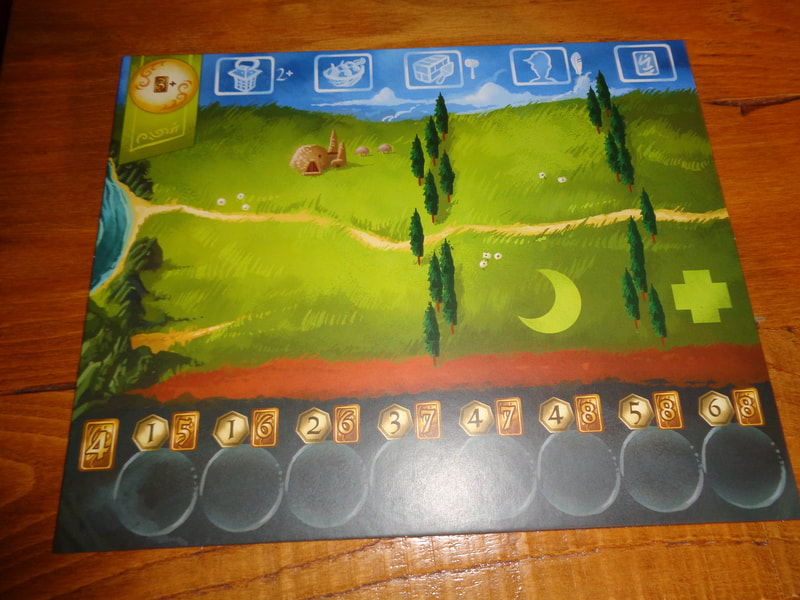
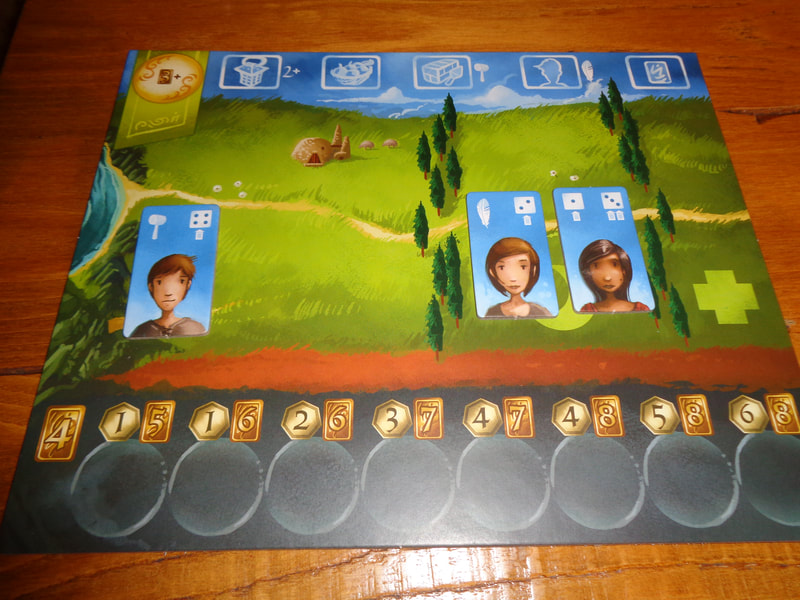
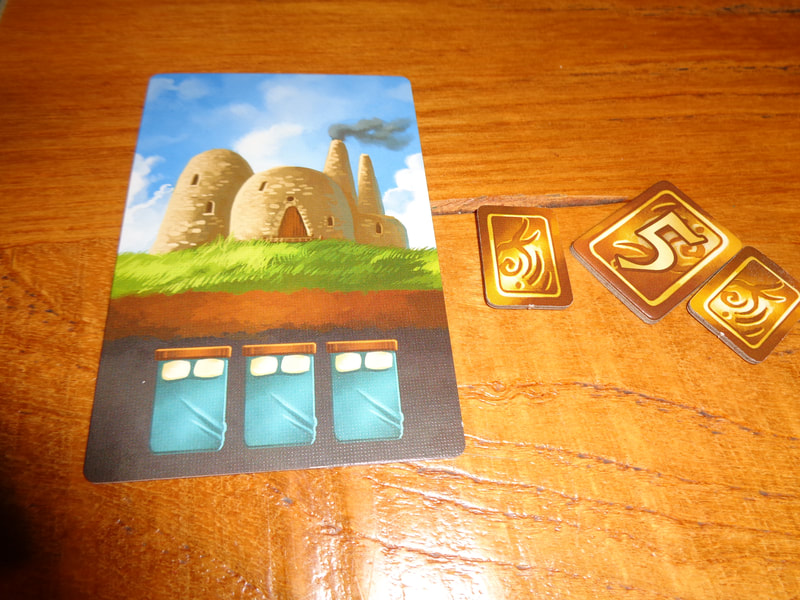
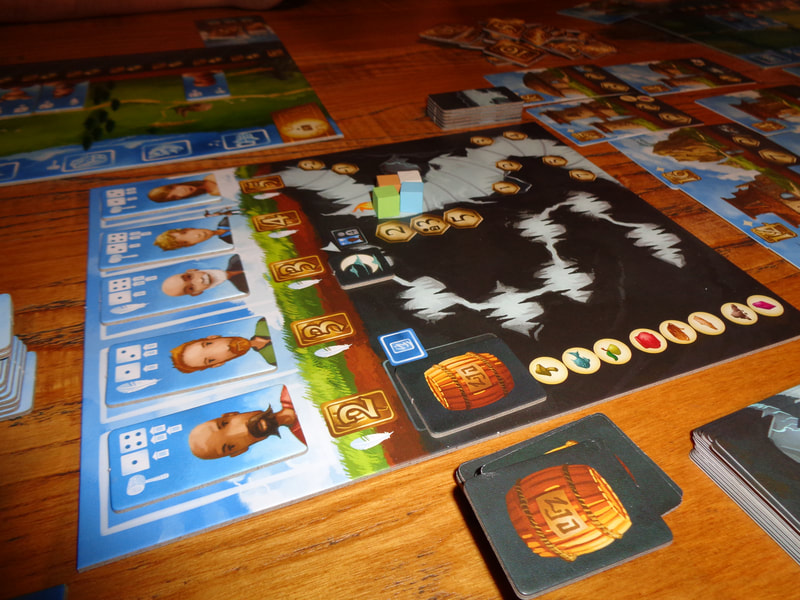
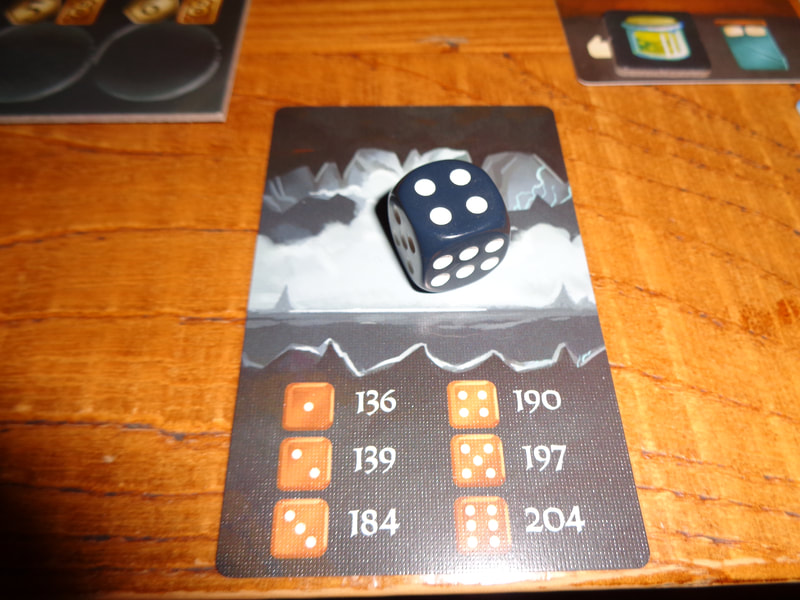
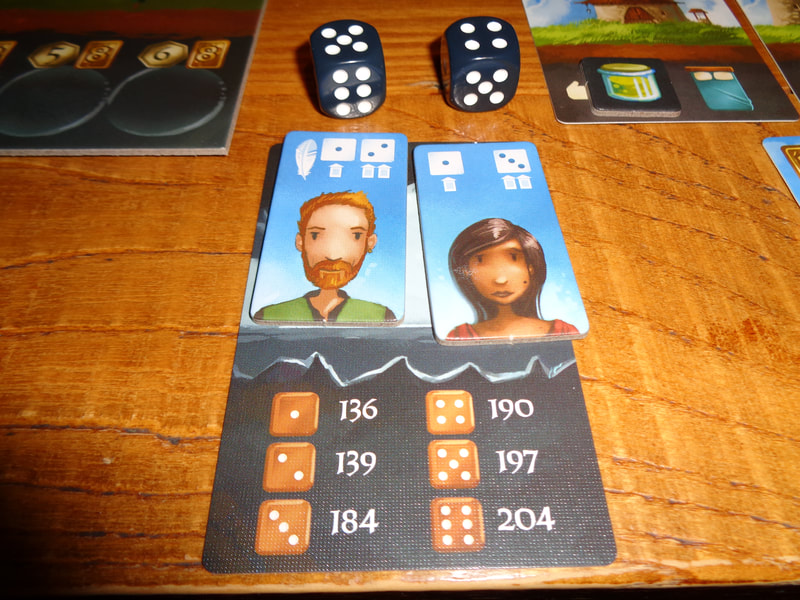
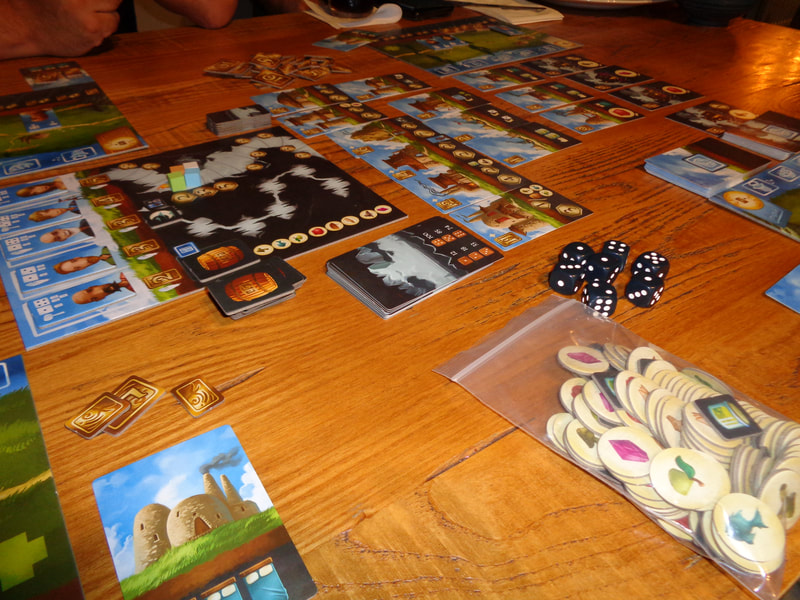
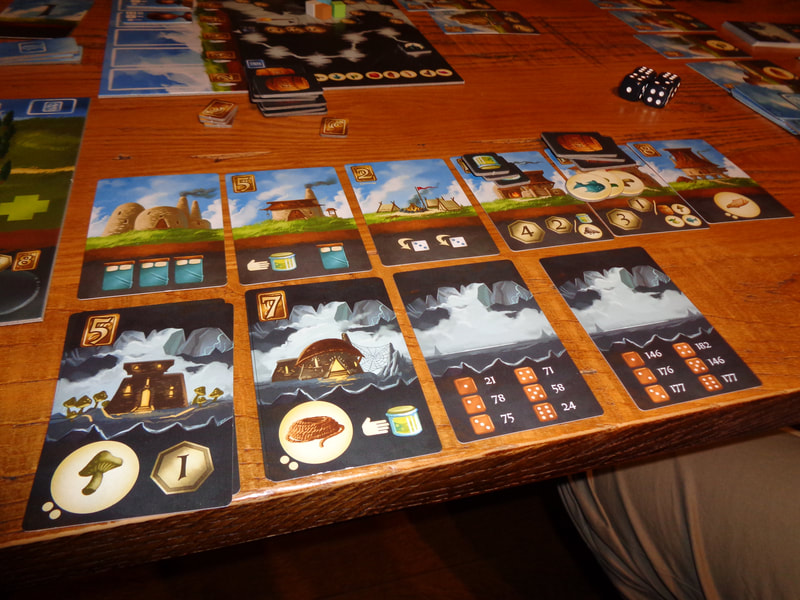
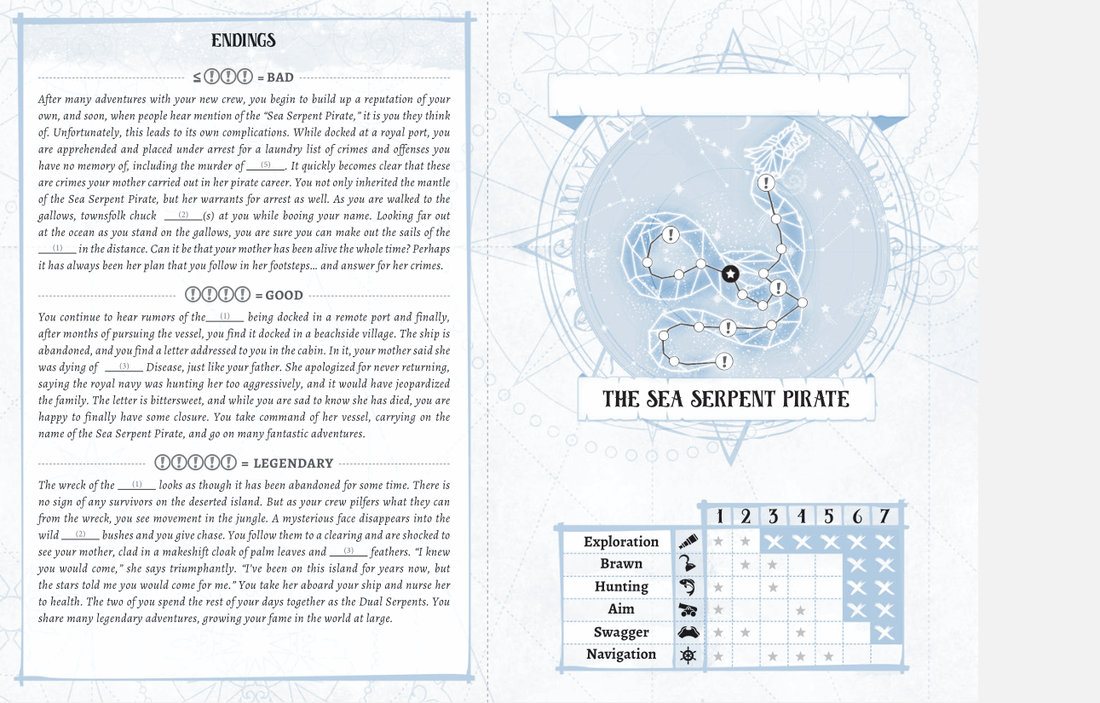
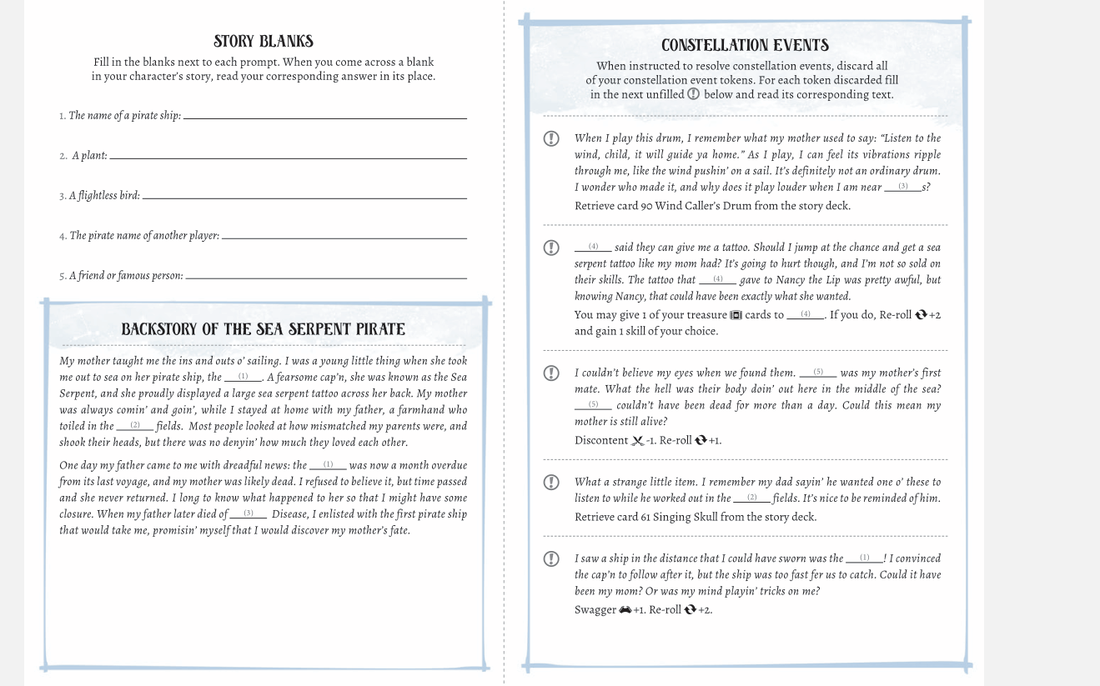

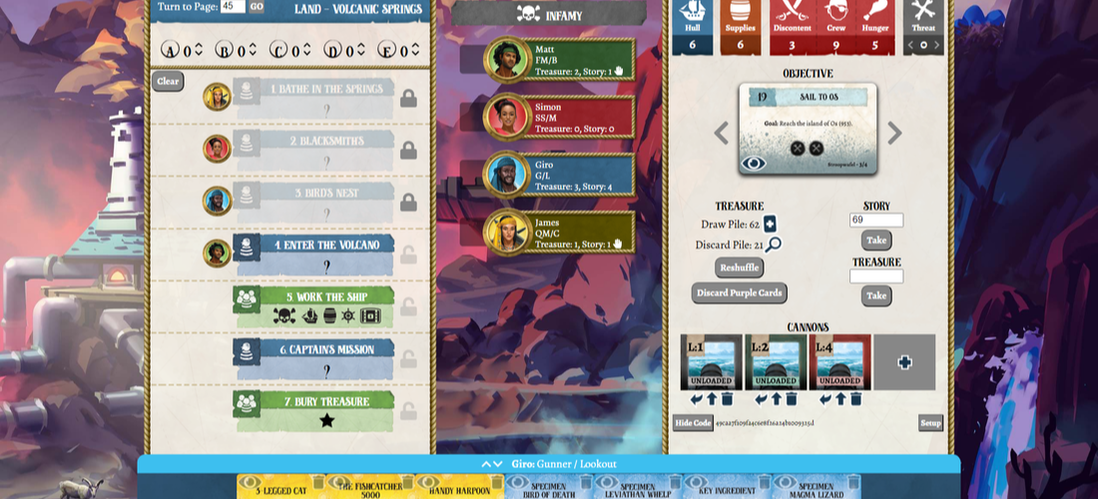
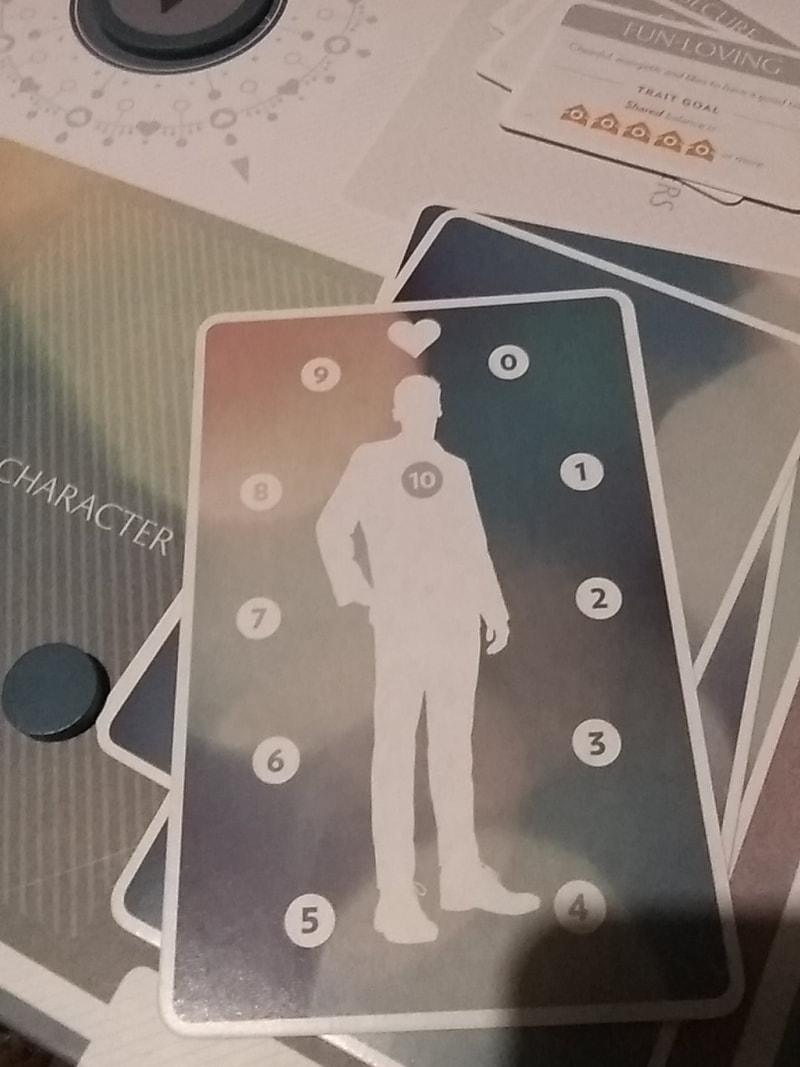
 RSS Feed
RSS Feed
